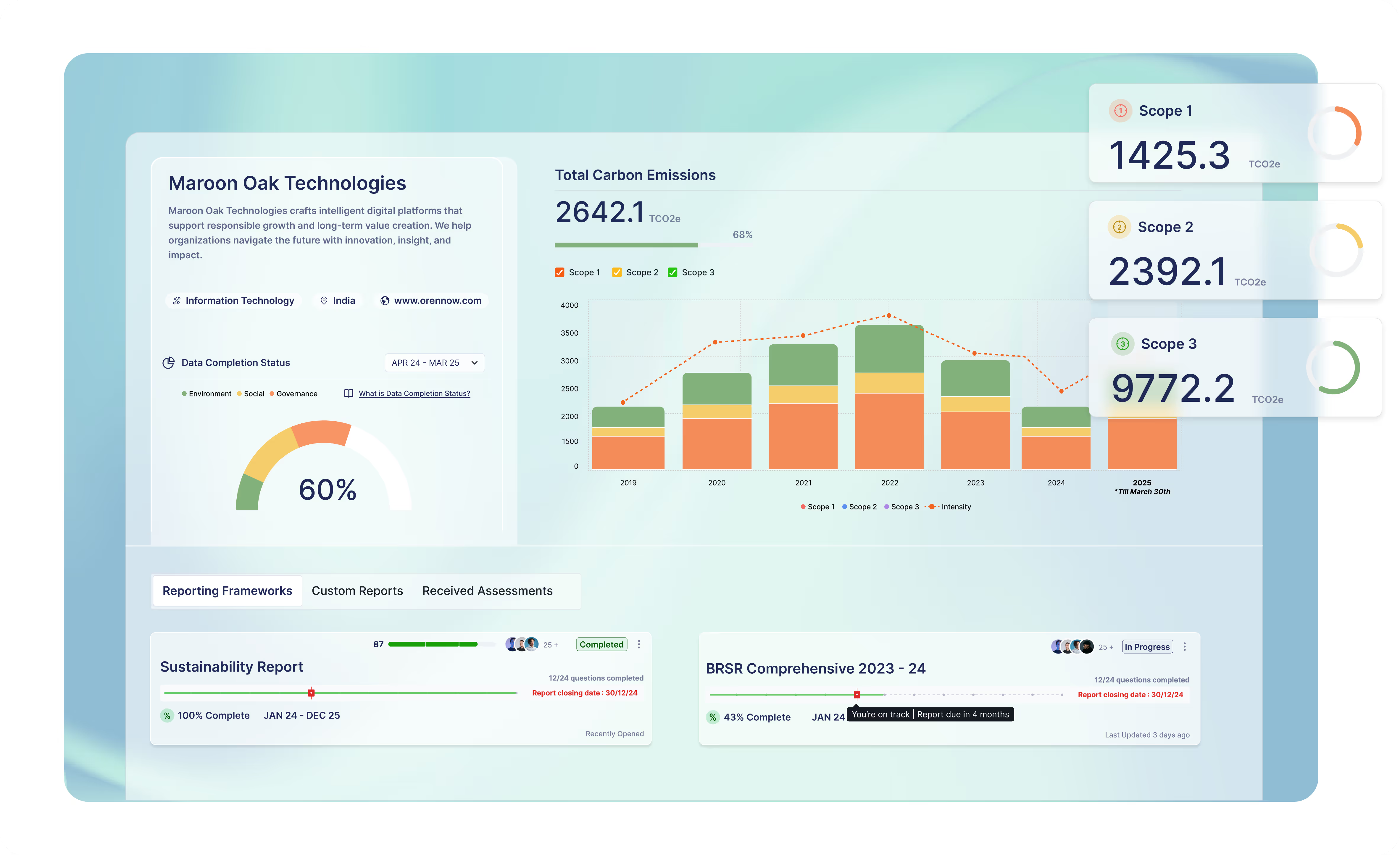Carbon Neutral vs. Net Zero vs. Carbon Positive: Understanding the Differences and Their Importance

The Confusion Around Sustainability Goals
Words like “carbon neutral”, “net zero”, and “carbon positive” have become commonplace in environmental and business discourse, yet their precise meanings often remain muddled. If you notice, both small startups and global corporations are embracing these terms very frequently for marketing purposes. It can leave consumers uncertain about their real impact.
At heart, carbon neutrality and net zero share a common goal, which is to reduce greenhouse gas emissions to protect the climate, but their scale and method show differences. Carbon neutrality focuses on balancing the carbon emissions produced by an activity, often using offsets, without necessarily reducing emissions at the source. Net zero, on the other hand, aims to reduce all greenhouse gas (GHG) emissions as much as possible first and only then neutralise any remaining emissions through removals or offsets. Unlike carbon neutrality, net zero covers all GHGs, not just carbon dioxide.
Communicating these distinctions clearly is important, not merely to inform, but to drive genuine climate action. With less than three decades to meet global net-zero targets under the Paris Agreement, understanding this language is more than semantics; it is essential.
What Do Net Zero, Carbon Neutrality, and Carbon Positivity Actually Mean?
Net zero means reducing all greenhouse gas emissions as much as possible across the value chain and only balancing the small amount of unavoidable residual emissions with certified removals. It is not just about equal emissions and removals, as deep reductions come first. Achieving net zero generally requires a twofold approach:
- Reducing emissions as far as possible
- Offsetting any residual emissions through carbon sinks (forests, soils, or oceans) or through emerging decarbonization technologies
Carbon neutrality comes very close to the previous term but is somewhat broader in scope. It covers offsetting emissions across supply chains. This occurs often through investment in carbon sinks or credits. There is no prescription for any fixed emissions-reduction trajectory. Individuals can also contribute by making sustainable choices, such as:
- Reducing energy use
- Recycling
- Limiting travel emissions
Carbon positivity goes a step further: a company or individual removes more carbon from the atmosphere than they emit, creating a net benefit for the climate. Firms such as Microsoft and Google are already pursuing this approach, aiming to balance even their historical carbon footprints.
Carbon Neutral vs Net Zero vs Carbon Positive: Understanding the Differences
The Business and Regulatory Drivers Behind Carbon Goals
Companies today set carbon-neutral, net‑zero, or even carbon‑positive targets because they deal with both regulatory demands and clear business incentives. On the regulatory side, governments and international bodies impose rules compelling firms to measure, report, and reduce their greenhouse gas emissions. For instance, the EU’s Corporate Sustainability Reporting Directive (CSRD) mandates disclosure of emissions, while its Carbon Border Adjustment Mechanism (CBAM) places a price on the embedded carbon of imports, aligning costs with the EU's Emission Trading System (ETS). In the U.S., the SEC now requires large public companies to file climate-related disclosures, including Scope 1 and Scope 2 emissions.
On the business front, strong carbon management increasingly shapes investor decisions and market position. Investors use ESG ratings to assess risk, and a credible carbon strategy can improve access to sustainable capital. Internally, firms unlock cost savings via energy efficiency and renewables, respond to customer and supply chain demands for sustainability, and build stronger reputations. When done well, pursuing net-zero and carbon-neutral goals also spurs innovation, reduces transition risks, and positions companies ahead in a low-carbon economy.
The Path to a Sustainable Future
Reaching net zero and achieving carbon neutrality are key milestones on the journey toward a sustainable, low-carbon economy. Both companies and nations are increasingly integrating these goals into ESG reporting frameworks, such as the GRI guidelines and GRESB assessments, signalling a commitment to transparent climate action.
Strategies to advance these targets are varied and interconnected. Renewable energy adoption, from solar and wind to hydropower, reduces dependence on fossil fuels. Energy efficiency measures in industry, homes, and transportation further curb emissions, while electric vehicles and expanded public transit promote greener mobility. In agriculture and forestry, sustainable practices enhance carbon sequestration, complementing offset initiatives such as reforestation and renewable energy projects.
Embracing circular economy principles—reducing waste, reusing materials, and recycling—also supports emission reduction. Together, these actions not only help companies and nations move toward net zero and carbon neutrality but also pave the way for climate-positive outcomes that benefit the environment and society at large.
Conclusion: The Role of Global Standards and Reporting
As the world advances toward a more sustainable future, distinguishing between carbon neutrality, net zero, and carbon positivity becomes increasingly important. These concepts are now central to sustainability reporting in India and worldwide, guided by frameworks such as the GRI standards, ISSB disclosure, and ESG rating agencies. Achieving net-zero and carbon-neutral goals demands coordinated action across industries, supported by clear reporting, robust standards, and a genuine commitment to environmental stewardship, reinforcing the global pursuit of the Sustainable Development Goals.
FAQs
1. How do carbon targets link to overall business strategy and risk?
They guide strategy by reducing emissions, costs, and climate-related risks while enhancing reputation and long-term resilience.
2. How should a company decide between a carbon-neutral and a net-zero target?
Choosing between carbon-neutral and net-zero targets depends on a company’s size, priorities, and footprint. Carbon neutrality, using mainly offsets, suits smaller businesses or quick-impact goals. Net zero demands deep emission cuts across all scopes before offsetting, making it ideal for larger companies with complex operations and long-term sustainability commitments.
3. What are examples of carbon-neutral companies?
Amazon and Delta Airlines have achieved carbon neutrality through offsets and renewable energy initiatives.
4. Is carbon positive the same as climate positive?
Yes, both remove more carbon than they emit, benefiting the climate.
6. Do carbon-neutral claims require third-party verification?
Verification is recommended to ensure transparency, credibility, and compliance with standards like PAS 2060.
Latest Blog Posts
Dive into our blog for insights on making your organization more sustainable.
Sustainability Simplified
Wherever you are in your sustainability journey, we help you advance with confidence.
Schedule a Call



.avif)

